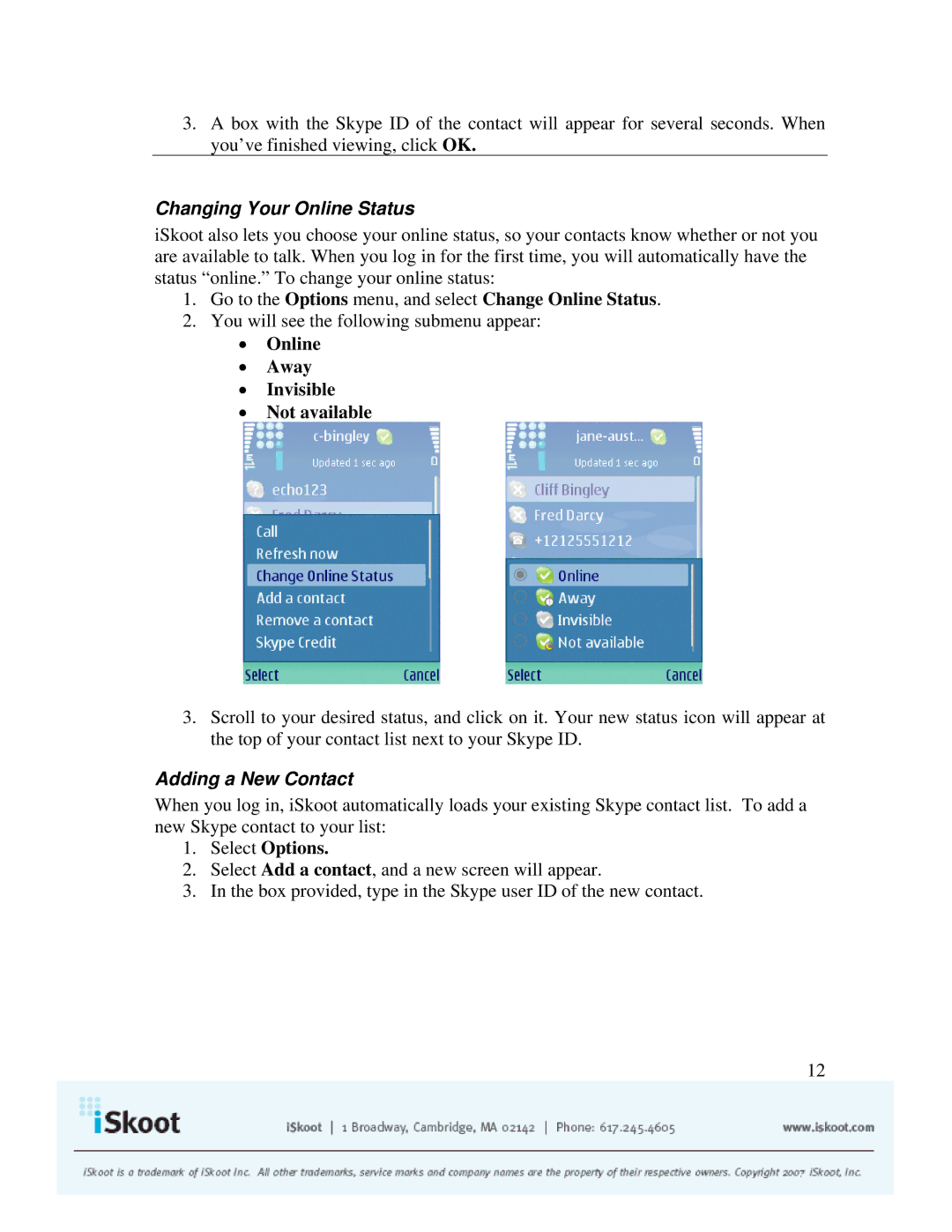N73 specifications
The Nokia N73, launched in 2006, was a notable entry in the mobile phone market, best known for its powerful camera capabilities and multimedia features. It was part of Nokia's Nseries, aimed primarily at consumers seeking a smartphone experience centered around photography and multimedia entertainment.At its core, the N73 featured a 3.2-megapixel camera, which was cutting-edge for its time. Equipped with a Carl Zeiss lens and dual LED flash, it allowed users to take high-quality photos and videos. The device's camera interface was user-friendly, providing various settings and modes, ensuring that even amateur photographers could capture stunning images. Additionally, the phone supported video recording at a resolution of 352x288 pixels, enabling users to create lasting memories in motion.
The N73 also boasted a large 2.4-inch TFT display, with a resolution of 240x320 pixels, offering vibrant colors and clear visuals. This made it ideal for viewing photos, videos, and even browsing the internet. The user interface was powered by the Symbian OS, specifically version 9.1, which allowed for customizable home screens and access to a variety of applications.
In terms of storage, the Nokia N73 came with 42 MB of internal memory, which could be expanded via a hot-swappable miniSD card. This feature was significant, as it allowed users to store a large number of photos, music files, and applications without running out of space.
As for connectivity, the N73 supported 3G networks, enabling faster data transfer speeds. It also included options for Bluetooth and USB connectivity, allowing users to share files effortlessly with other devices.
The Nokia N73 was not just a powerful camera phone; it was a capable multimedia device. Its media player supported various audio and video formats, and it also came preloaded with applications for managing photos, music, and other media. Users could easily enjoy their favorite tunes or videos while on the go.
Despite being a product of its time, the Nokia N73 stood out for its robust features and capabilities, making it a beloved choice for many users in the mid-2000s. Its blend of advanced photography technology, multimedia functions, and user-friendly design left a lasting impact on the smartphone landscape.

